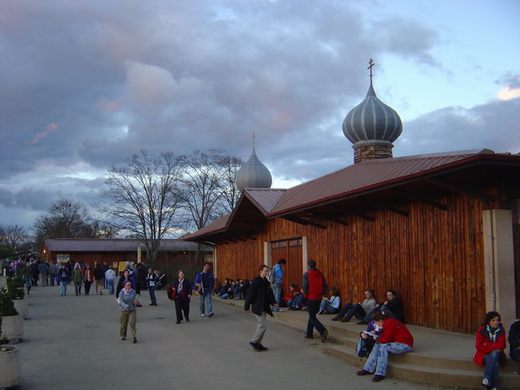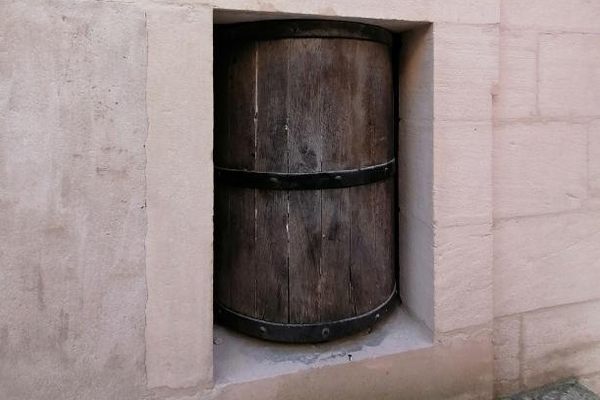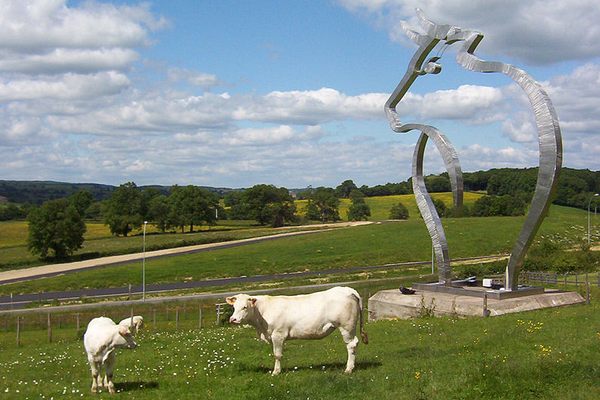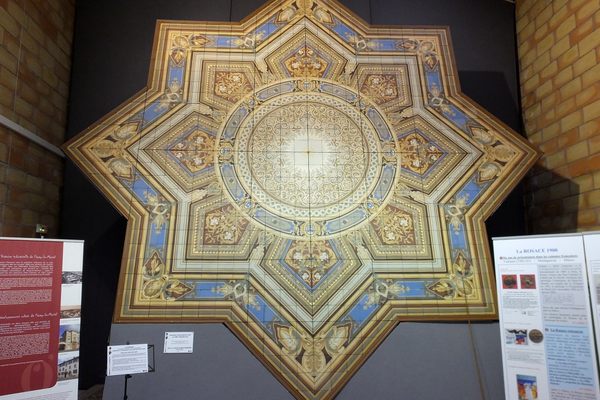Taizé Community
A Christian retreat founded to welcome refugees fleeing from the Nazis during World War II.
The Taizé Community, which was born from one of history’s darkest chapters, fits in a category somewhere between monastery and summer camp. Brother Roger began the community in 1940 after Germany occupied France. He left his native Switzerland for Taizé, a small, impoverished village just south of the demarcated occupation line, with the intent of helping victims of the war.
Word spread quickly that the community was a safe haven, and the community took in refugees of all sorts. There were some Christians, but many of the people sheltered in Brother Roger’s walls were Jews, atheists, and others in great danger. Because so many of the refugees were of varying faiths, or none at all, Roger encouraged silent prayer in private spaces. After many children arrived at the Taizé Community, Roger enlisted his sister, Genevieve, to aid him and the other monks in caring for them.
This continued until 1942, when Roger and Genevieve were tipped off that their activities had been discovered by the Gestapo. They were forced to flee to Switzerland but returned to Taizé two years later and re-founded the monastic community that still exists today.
Like many religious fraternities, the Taizé Community is centered around Protestant and Catholic clergy who have taken common vows of celibacy and poverty. The brothers’ signature Taizé worship style—known for its short hymns sung over and over in various languages—is admired for its simplicity and beauty and replicated in Christian worship worldwide.
The Taizé Community has become a unique pilgrimage site. Since the 1960s, thousands of young people from around the world come to visit the community each summer. These include spiritual seekers, but also people just looking for quiet retreat. In 1974, in response to student protests occurring around the world, Brother Roger hosted a “Council of Youth,” followed by annual “Pilgrimages of Trust on Earth.” Students visiting the community learn about the Taizé ethos of peace and social justice while partaking in the same simple lifestyle practiced by the brotherhood.
Know Before You Go
Visitors coming from Paris should take the TGV train to Macon-Loche TGV station and then the Line 07 bus to the community (allow for a 40 min bus ride and make sure not to arrive after the last bus leaves).























Follow us on Twitter to get the latest on the world's hidden wonders.
Like us on Facebook to get the latest on the world's hidden wonders.
Follow us on Twitter Like us on Facebook